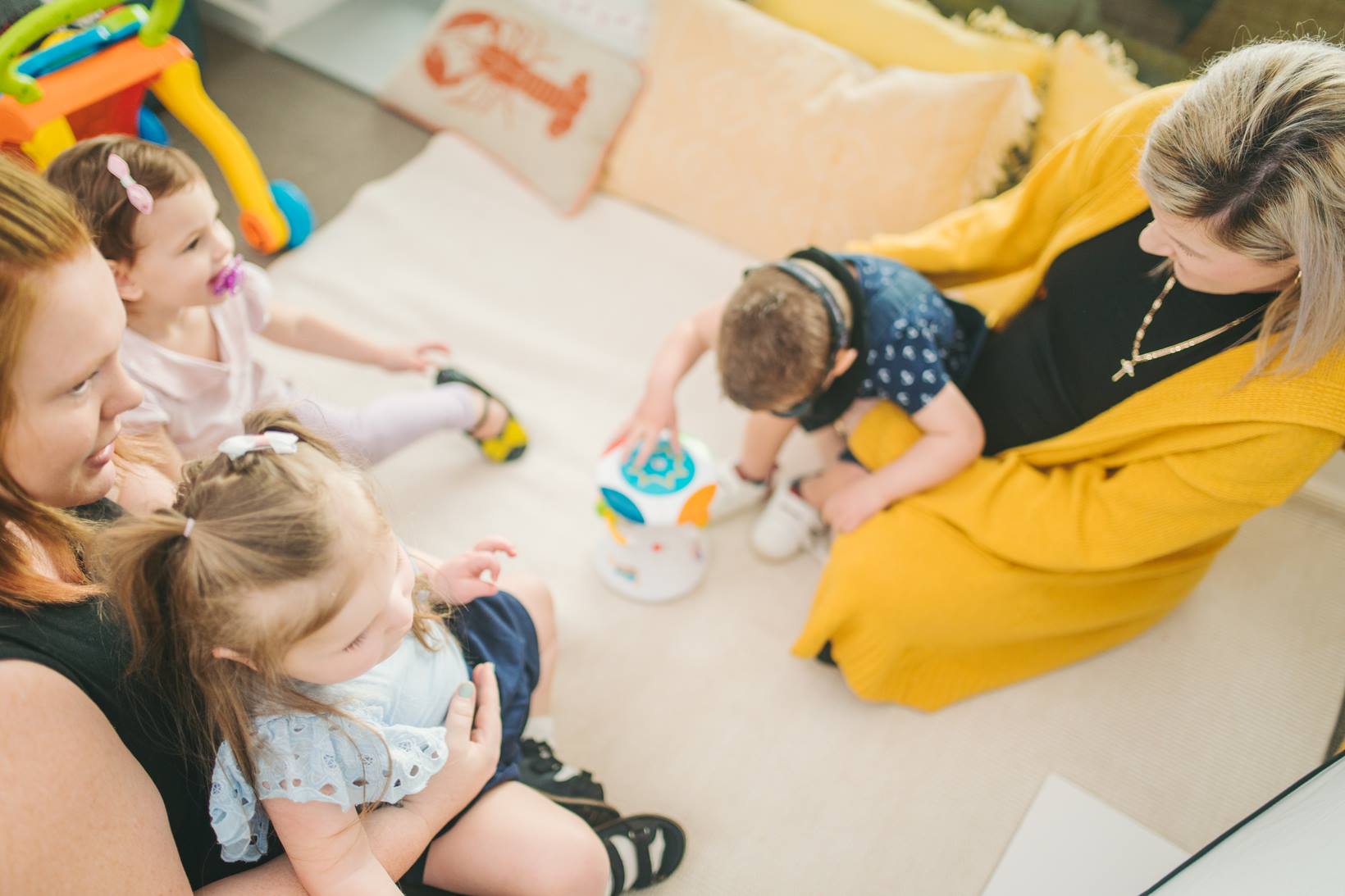The best approach to inclusive language is to always ask the child, young person or family their preferred language.
The Quick guide to inclusive language contains some other common guidelines for using inclusive language.
For a more in detailed list, including language to avoid and the difference between ‘person-first’ and ‘identity-first’ approaches, refer to the PWDA Language Guide: A guide to language about disability written by People With Disability Australia (PWDA).
Quick guide to inclusive language (247.2 KB, PDF)
-
References
- AllPlay Learn, Language Guide (online document).
- People With Disability Australia. (2021). PWDA Language Guide: A guide to language about disability.
